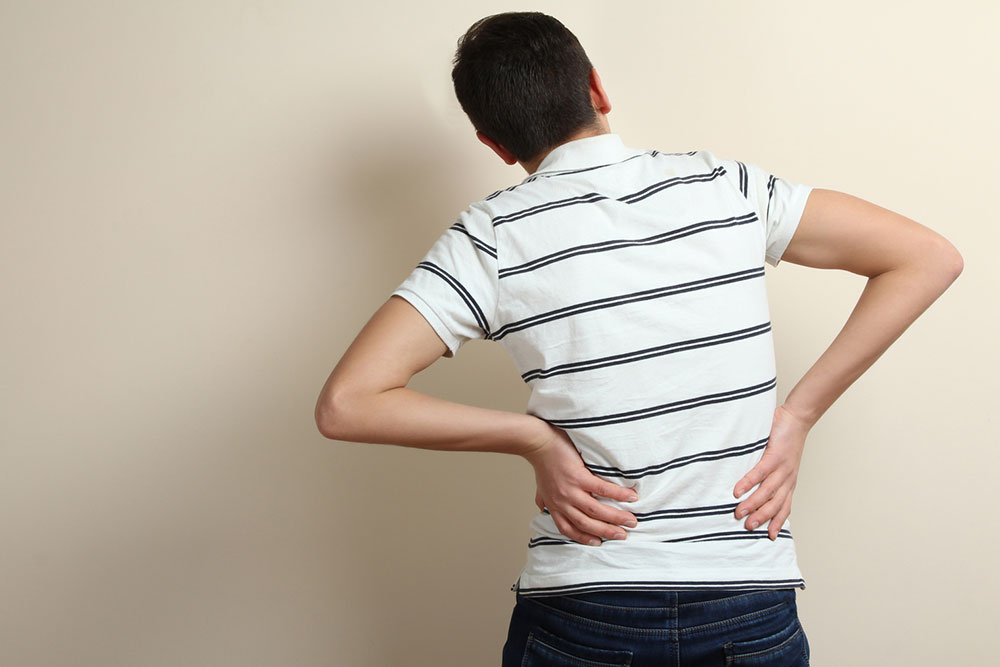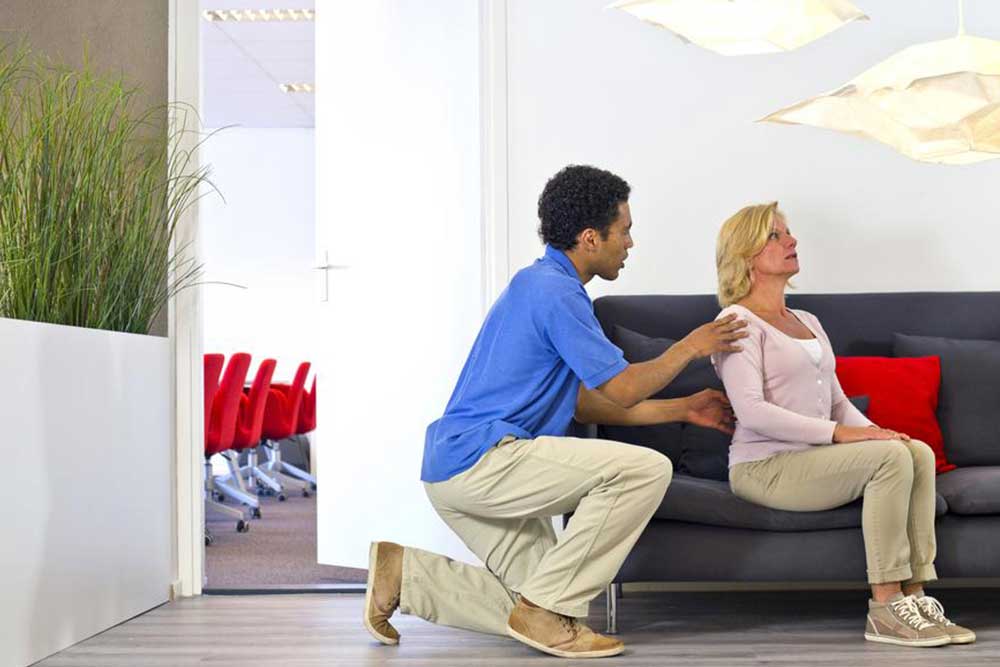Effective Strategies and Treatments for Lower Back Discomfort
Discover effective methods to manage lower back pain through targeted exercises, medications, and lifestyle adjustments. Learn how to identify symptoms, causes, and appropriate treatments to relieve discomfort and improve quality of life.

Effective Strategies and Treatments for Lower Back Discomfort
Experiencing lower back discomfort is common and can impact anyone at some point in their life. The pain might range from mild to severe, sometimes requiring medical attention until it subsides naturally.
The intensity and type of pain differ, with some individuals feeling a dull ache while others suffer sharp, shooting sensations. Severe episodes can make standing or walking difficult, often resulting from sports injuries or heavy lifting.
If you notice symptoms such as loss of bladder or bowel control, fever, or pain during coughing or urination alongside lower back pain, seek medical help immediately.
Common causes of lower back discomfort
If you're dealing with persistent lower back pain, visiting a healthcare professional is essential—especially if accompanied by weight changes, family history of cancer, or other concerning symptoms. Strains and injuries from daily activities or overexertion can lead to bulging discs, causing pain radiating from hips to legs.
Prolonged sitting, poor posture, or repetitive lifting jobs can contribute to discomfort. Excessive exercise or being overweight also increases the risk. Chronic conditions like fibromyalgia, spinal stenosis, or spondylitis may also cause persistent pain and stiffness.
Diagnosis typically involves imaging tests such as X-rays, MRI, or CT scans. Your doctor will review your symptoms alongside your medical history. Treatment often includes over-the-counter medications like NSAIDs such as ibuprofen or naproxen for mild pain relief. Topical pain creams may also be beneficial, but always consult your healthcare provider before use.
Engaging in targeted exercises can help alleviate lower back discomfort. Rest alone won’t be enough; strengthening your core and supporting muscles is key. Always consult your doctor before starting any exercise regimen.
Exercises like toe touches or sit-ups are not recommended; instead, prefer gentle stretches like hamstring stretches or partial crunches, which strengthen your core without strain. Wall sits, pelvic tilts, or bridges help build back and abdominal muscles, reducing pain. For example, wall sits involve leaning against a wall and holding a seated position for 10 seconds repeatedly.
Other beneficial activities include knee-to-chest stretches, press-up back extensions, and leg lifts. Lifting weights should be approached cautiously—only during moderate pain levels—and under professional guidance. Aerobic activities like walking, swimming, or cycling are also helpful, alongside Pilates, which can significantly aid recovery.










